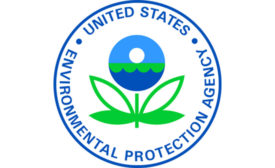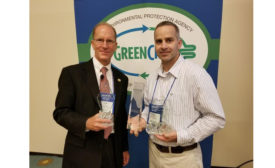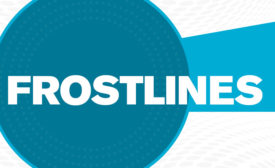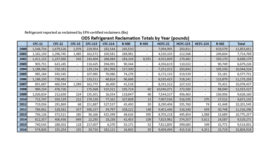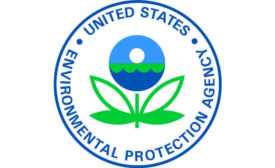Home » EPA (Environmental Protection Agency)
Articles Tagged with ''EPA (Environmental Protection Agency)''
Projects Highlight Air Quality, Energy Efficiency, and Comfort Goals
The EPA ranks indoor air quality (IAQ) as a top-five environmental risk to public health
Read More
Giant Eagle Recognized by GreenChill for Best Emission Rate
HillPhoenix honored for store certification excellence
October 30, 2017
Chemours, Honeywell Challenge D.C. Court’s HFC Ruling
August decision ignored original directive, intent of EPA, companies say
October 4, 2017
Forbidden Topics: Religion, Politics, and . . . Refrigeration?
Differing visions of the future can breed competition – or polarization
Read More
EPA Releases 2016 Refrigerant Reclamation Numbers
10.8 million lbs. is an increase of 1.3 million lbs.over 2015
September 5, 2017
Two Views of the DC Court’s HFC Ruling
The EPA can’t use SNAP to phase down HFCs –is that a pointless sidetrack or a wise slowdown?
Read More
Chemours Responds to EPA 2015 Ruling to Regulate HFCs
Chemours supports EPA’s authority under the Clean Air Act to change the status of high-GWP alternatives to unacceptable
August 17, 2017
EPA Delays RMP Amendments Until 2019
Existing Risk Management Program will remain in effect as recent amendments are reviewed
Read More
Appeals Court Halts on EPA’s HFC Phasedown
Section 612 authority limited to ozone-depleting substances, court rules
August 9, 2017
Copyright ©2025. All Rights Reserved BNP Media.
Design, CMS, Hosting & Web Development :: ePublishing
